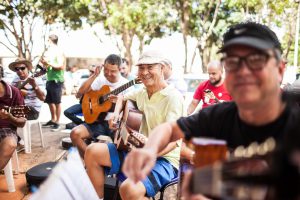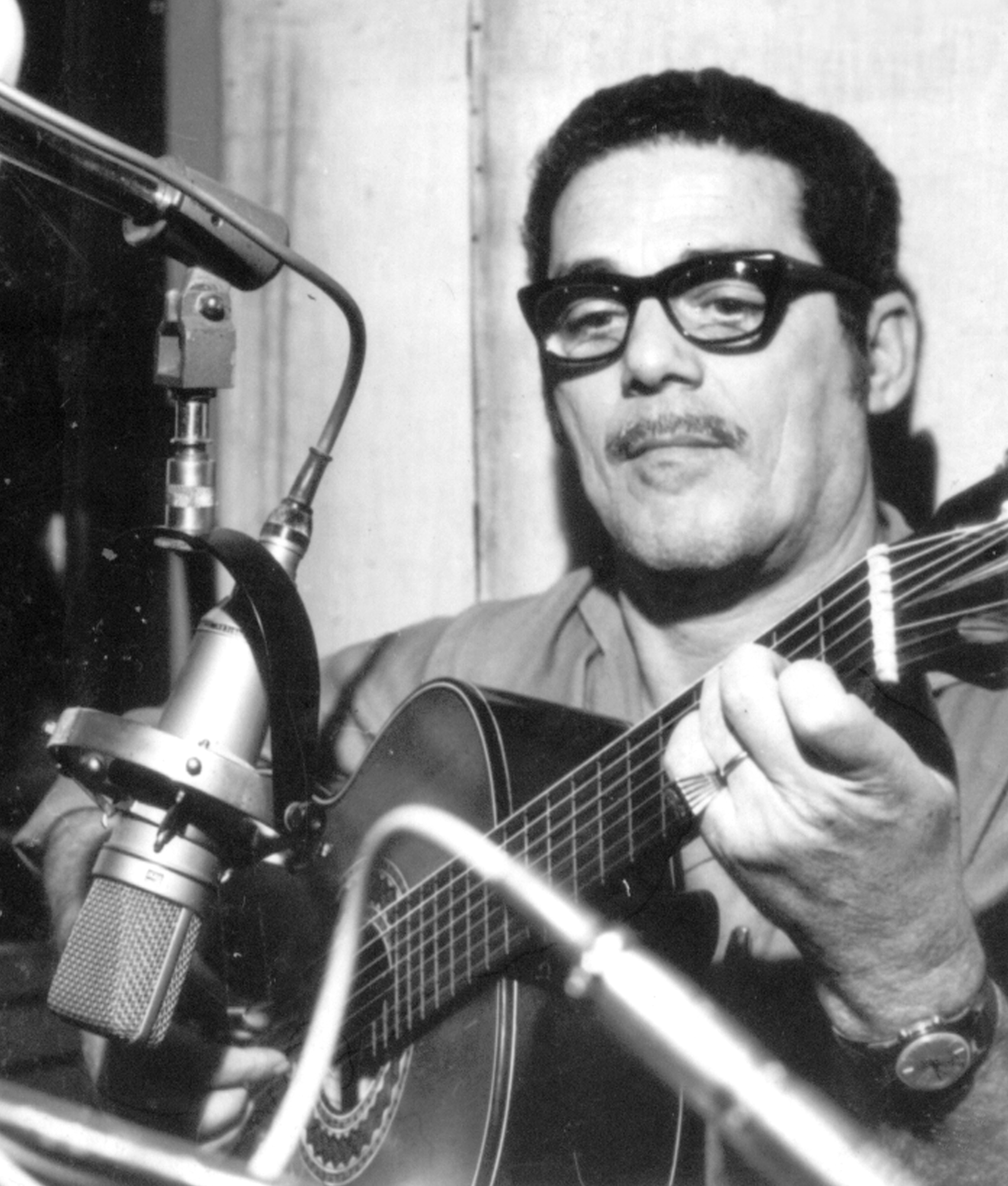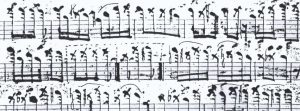Instructional Program Overview

Roda de Choro Raphael Rabello – Renata Samarco
The instructional program at Choro Camp New England is designed with several goals in mind:
- We learn by doing, which is to say, by playing choro.
- We seek to engage both experienced chorões and newcomers to the genre.
- We recognize choro as incorporating – and, in turn, influencing – other Brazilian musical genres. So we may include the study and enjoyment of samba, forró, frevo, etc.
On this page and those devoted to our Schedule and Repertoire we’ll share how we achieve those goals.
Core Repertoire
You will encounter a much wider variety of tunes over the course of camp, but for instructional purposes we’ll give close attention to a selection of between 5 and 10 compositions that make up our Core Repertoire. Those tunes will be organized by their underlying rhythm – polca, maxixe, choro, samba, etc. – so those working on accompaniment can focus on one rhythmic style at a time.
Instrumental Groups
While some classes at Choro Camp will be designed for mixed instrumentation, others will be devoted to instrumental groups. Those groups are as follows:
- wind instruments
- mandolin / bandolim
- accordion and keyboards
- Bowed strings
- guitar (6 and 7 string)
- cavaquinho
- pandeiro and other percussion
Each of these instrumental groups will have at least one teacher assigned to it, and several will have two. The primary factor determining the number of faculty assigned to an instrumental group is the number of registered participants who have indicated they belong to it. If you are in the market for a reason to register early, there you have it.

On Reading Music
 Having the ability to read standard music notation will make it much easier for you to participate fully at Choro Camp and in the wider world of choro. But choro is also very much an oral tradition. So whether you can read standard notation or not we encourage you to work from available recordings and videos of the tunes as much as possible. We’ll provide suggested recordings, but searching out others is half the fun.
Having the ability to read standard music notation will make it much easier for you to participate fully at Choro Camp and in the wider world of choro. But choro is also very much an oral tradition. So whether you can read standard notation or not we encourage you to work from available recordings and videos of the tunes as much as possible. We’ll provide suggested recordings, but searching out others is half the fun.
Daily Schedule
All these elements come together in a day full of music-making. Have a look at this overview of the daily schedule at Choro Camp.